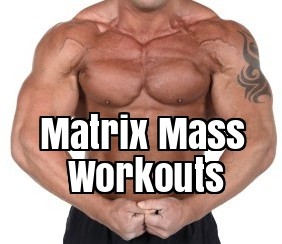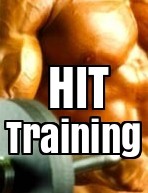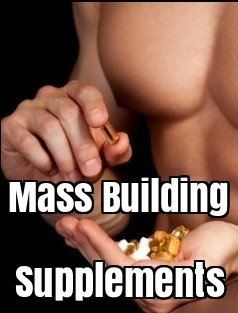

Click Here For Your Free Bodybuilding Magazine
Negative Reps Bodybuilding
What is negative rep training?
Probably the most effective way to gain strength and put on some serious muscle is by using principal called negative reps also or eccentric reps (which means lowering the weight).
Sports Science has proven with years of thorough testing that you are 60% stronger with any eccentric movements. Training using negative reps usually relies on the services/help of a spotter or partner but it can easily be achieved by training on your own.
At the end of this article there will be a brief description of some movements that can be done without a spotter. But first and explanation of how to do negatives correctly in order to get maximum results. There are just a few basics that need to be covered.
The proper method and loading for performing a negative rep is not always well known. Each negative-accentuated rep should last somewhat longer than the negative phase of a regular movement. Depending on the range of motion of the exercise, this could be anywhere from 5 to 8 seconds.
The load that you select when doing negatives is vitally important if you want to get results. The initial load used for negative training should be approximately 110% of your regular one rep max for the exercise, e.g. if you can bench 200 pounds, use 220 pounds for negative reps.
It is necessary to always monitor your progress and keep on top of your increasing strength when doing negatives. You can do this by increasing the load if you are able to get more than 6 reps with that weight (6 reps is the most you should do with negative training - if you can do more reps, you aren't using enough weight for it to be maximally effective).
Rest is vital here as you are doing extreme damage to the muscle and you need time to repair. This means that you should only do 3 sets of negatives and do not do it with every workout. If you are able to do more than three sets then you are simply not doing negatives correctly.
The real key to effective negative training is in how you lower the weight. Don't just lower the weight as you would in a typical rep. You must ACTIVELY FIGHT GRAVITY by pushing (or pulling, depending on the exercise) as hard as you can against the weight.
If you don't fight the weight, your results will not be optimal. If you've done negative training before and didn't feel extremely sore the next day, you probably weren't fighting the weight. Try it and you'll feel the difference, this will certainly have a big difference in your results as well.
How to do negative reps bench press
You will need two spotters to do the negative reps bench press. You will lower the weight slowly under full control and then your spotters will lift the bar back up to the top position and you once again lower the weight very slowly, etc.
Below are a few more sample exercises/movements that you can do using negatives.
1. Two Up/One Down Negatives - This is done without a spotter using a bench-press machine where you only use one hand on the way down and both hands to push it up.
2. Unilateral Power Rack Stepping - This is a method using a power rack where you are using the negative with the safety of having preselected the points at which you are likely to fail.
3. Standing Up On Something - A great way to do negatives when you are doing chin-ups or pull-ups, which you will start at the top of the movement and slowly lower yourself down.
Note: For the best muscle building workouts and techniques checkout Matrix Mass Training.
Click Here For Your Free Bodybuilding Magazine
Bodybuilding Guide | High Intensity Training | Supplements | Articles | Tips | Links | Contact
Disclaimer: This information presented is intended to be used for educational purposes only. The statements made have not been evaluated by the Food and Drug Administration (U.S.). These products are not intended to diagnose, treat, cure or prevent any condition or disease. Please consult with your own physician or health care practitioner regarding any suggestions and recommendations made.

